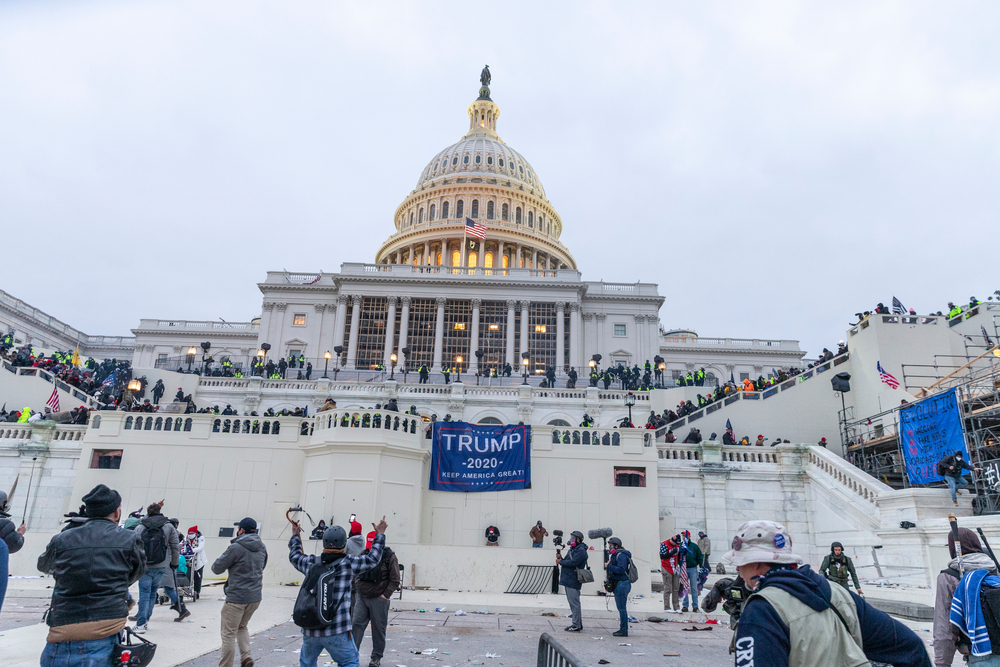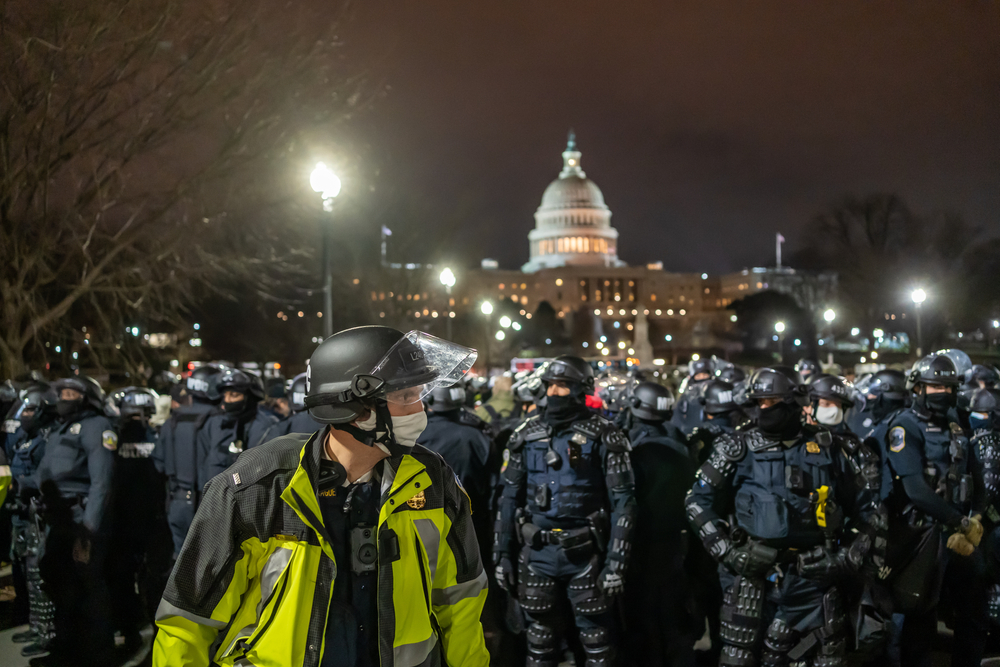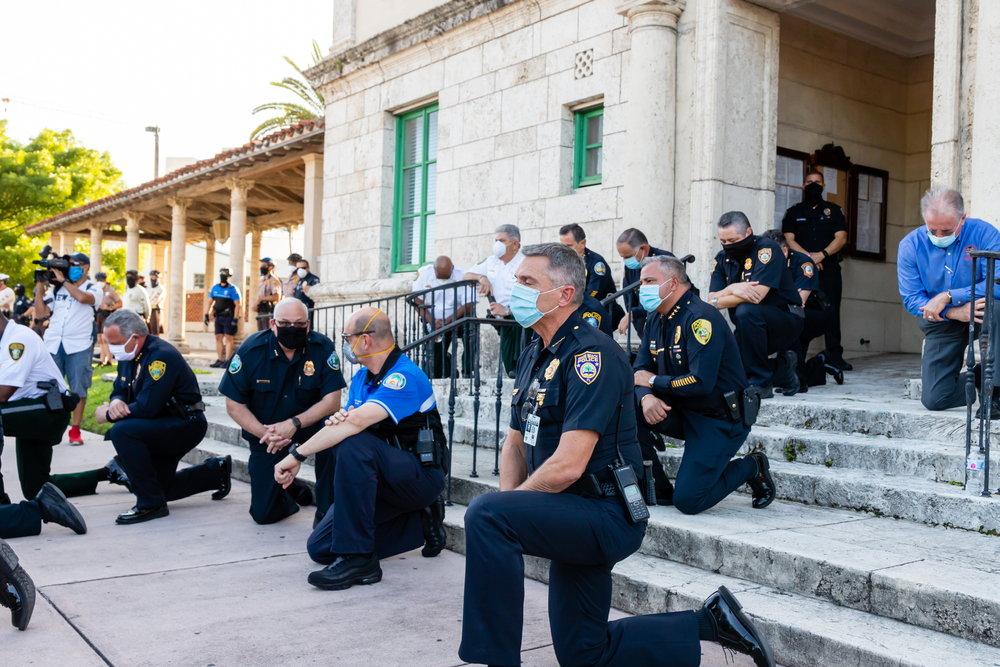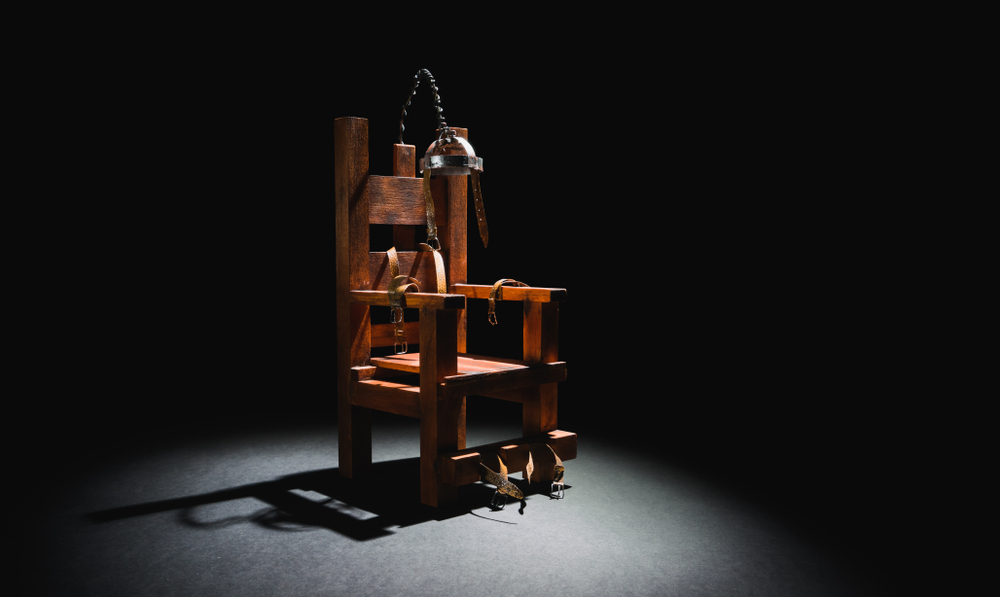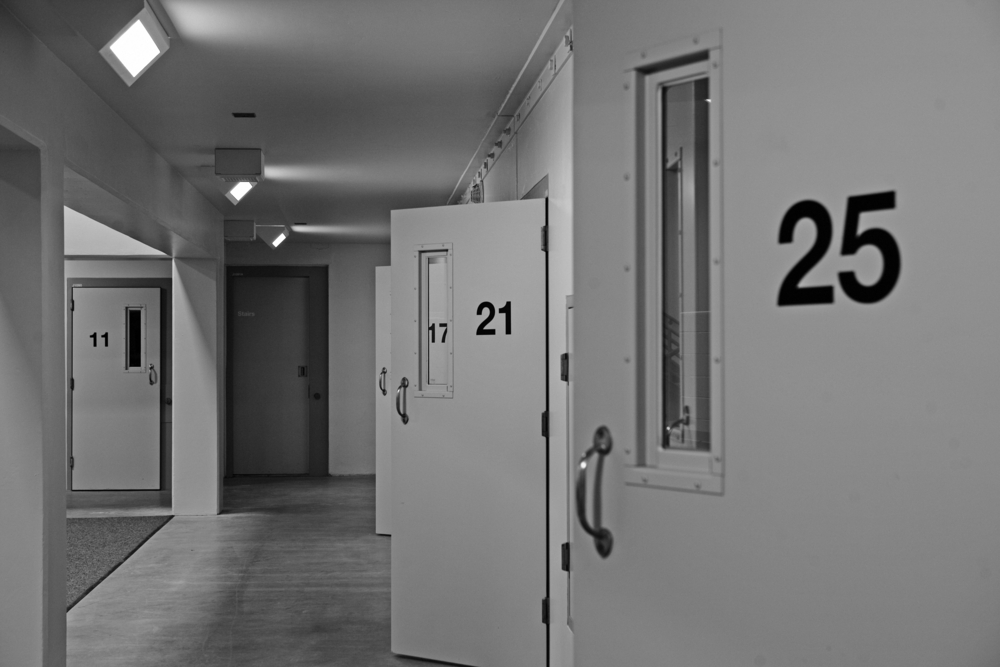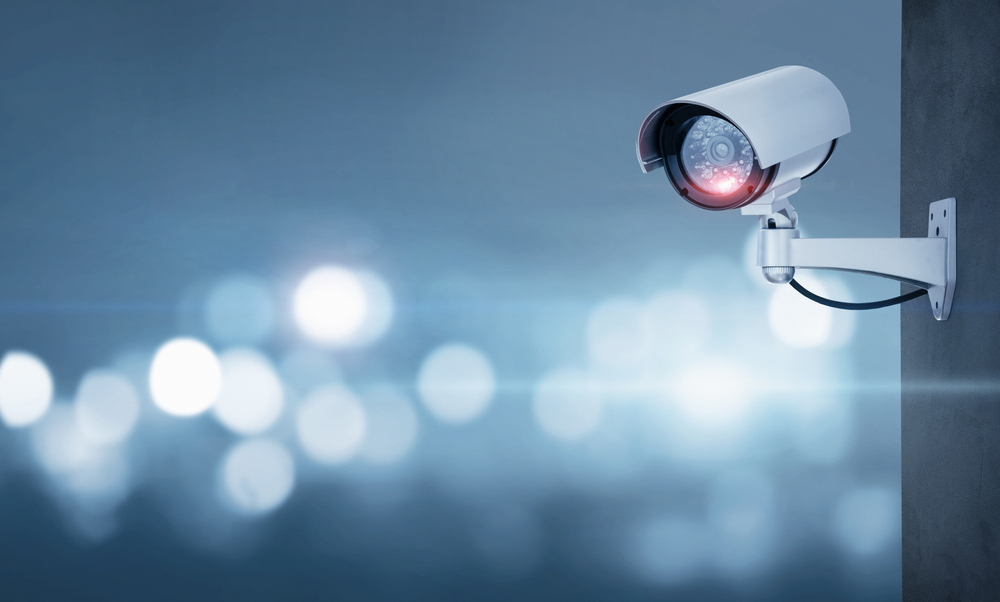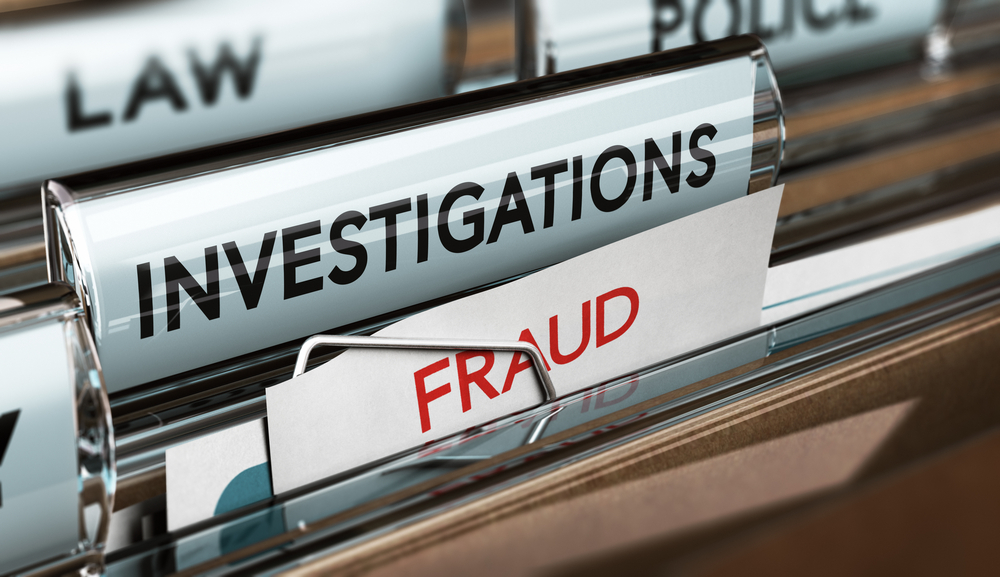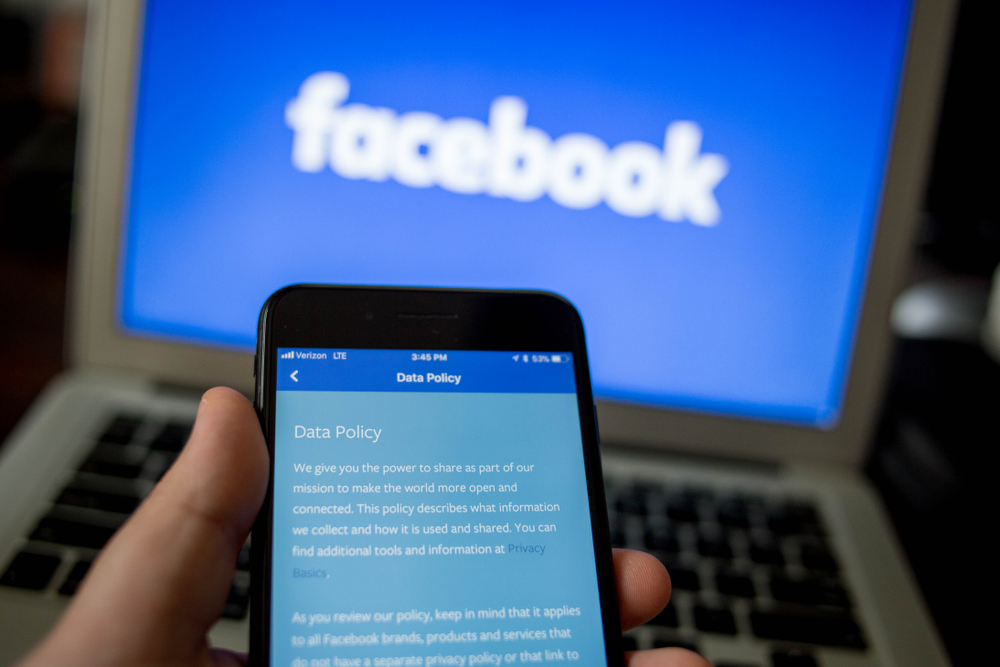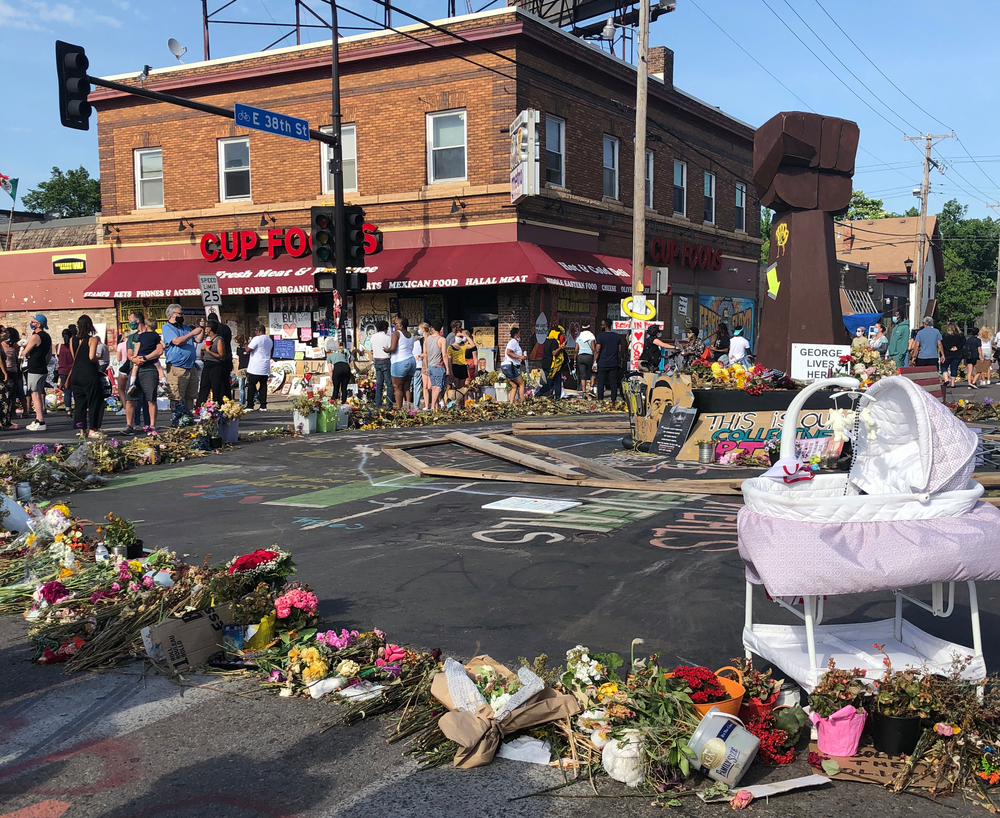Your risk of being a crime victim likely not as high as you think
What are the chances you will get robbed this year, or assaulted, or otherwise be a crime victim?

Many Americans overestimate the risk of becoming a crime victim, despite what official data shows. In this time of crisis with many people still hunkered down at home, the president sending the military to crack down on crime in large cities and people calling for police reforms, it is no wonder anxiety about crime remains so high. But the perceptions are skewed, sometimes by fear.
RELATED: Report: School police do not keep students safer
RELATED: Social media can be a tool or a weapon for police
The crime statistics are not even out yet for any part of 2020, but they should prove interesting, said Meghan Hollis, research scholar at the Ronin Institute for Independent Scholarship. And with all that has been going on in the world, including the COVID-19 pandemic, it will be hard to convince people that their chances of becoming a crime victim are much lower than they suspect, she said.
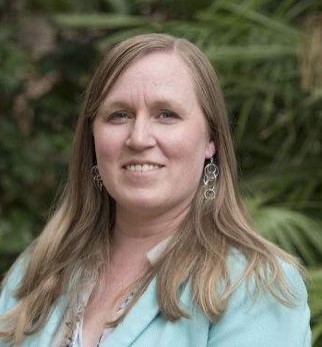
“We don’t have something to reference. We don’t have good reliable information available, or a way to let people know their odds of becoming a crime victim,” she said. “There are a couple of things happening. One is that people will use the different neighborhood apps to communicate and they communicate about things they see they think are suspicious, which is elevating levels of fear. In a lot of cases, the things they think are suspicious are quite innocuous. It might be the meter reader. We are not usually home when those people come out, so we are not used to seeing that it’s pretty normal for people to walk around and look around and look at your property. They think they are a suspicious person.”
Also, she said, people extrapolate their risk based on news coverage they read or watch.
“News media doesn’t report when it’s been a great day and nothing has happened. What makes the news are the extreme events, the things that grab people’s attention,’’ said Hollis, who consults for law enforcement agencies and government. “So, the things that get over-reported are more rare events, violent and property crimes when we are seeing an increase in an area. People don’t do a very good job of saying ‘that is one murder.’ On top of that, views are shaped by what news outlets you are watching and how they are reporting and researching. Some news outlets have real data analysts and others don’t really do a lot of that.”
A survey conducted by Gallup in 2019 showed that about 64% of Americans believe there was more crime then in the U.S. than there was the year prior. Despite data that contradicts that theory, it has persisted for decades, experts say.
“Crime rates do fluctuate from year to year. In 2020, for example, murder has been up, but other crimes are in decline so that the crime rate, overall, is down. And the trend line for violent crime over the last 30 years has been down, not up,” according to Gallup.
A small majority of Americans believe U.S. crime is “extremely” or “very seriously” up, Gallup found. That majority is up to 52% from 48% in 2018. Between 2015 and 2017, that majority was 59% to 60%.
“Nearly two in three Americans say there is ‘more’ crime in the U.S. compared with one year ago, while 24% say there is ‘less’ crime and 9% say the level of crime has remained the same,” Gallup reported.
People are terrible at estimating their risks of becoming a crime victim, according to an article on ABC News’ Five Thirty Eight website.
Americans are much worse at estimating their own risk of crime than guessing the danger of other bad things, the article states. Between 1994 and 2004 the survey showed people estimated their chances of being robbed at 15%. The rate was actually 1.2%. Respondents did much better in other categories, for example, guessing their risk of losing their job was 14.5%, when it was actually 12.9%, much closer to reality.
“In other words, we feel the risk of crime more acutely,” the Five Thirty Eight article states. “We are certain crime is rising when it isn’t; convinced our risk of victimization is higher than it actually is. And in a summer when the president is sending federal agents to crack down on crime in major cities and local politicians are arguing over the risks of defunding the police, that disconnect matters. In an age of anxiety, crime may be one of our most misleading fears.”
The Bureau of Justice Statistics found that for every 1,000 Americans age 12 and older the violent crime rate plunged from 80 in 1993 to just 23 in 2018. The country has become much safer, but Americans still do not feel that on an emotional level.
Violent crime includes murder, rape and sexual assault, robbery, and assault. The bureau gets its information on a yearly basis from the FBI’s Uniform Crime Reports.
All crimes are set into categories and are collected by police, the FBI, government agencies and on surveys.
“Those statistics don’t tell the whole story, and that matters in ways that become important when you’re trying to understand the difference between how people feel and what the data say,” the Five Thirty Eight article states. “Not all crimes are reported to the police. Sexual assault, in particular, is notoriously underreported. And there are plenty of crimes we don’t really track well in data — like vandalism, drug use and sales, or public intoxication — which can affect how safe people feel in their neighborhoods, even if the crimes aren’t serious.”
Still, there is enough solid data for experts to conclude what the crime rate is in various categories.
People of color more likely to live in high-crime areas and become victims
People of color are among the demographic groups that do actually have a higher chance of becoming crime victims,said political scientist Hakeem J. Jefferson, who studies race and justice at Stanford University. He has found through research that some Black people have internalized negative stereotypes about who commits crimes, he told Five Thirty Eight.
“Those perceptions and experiences are hard to capture in public opinion data, but they can do a lot to shape what Black people mean when they tell a pollster that they think crime is a serious issue facing the country.” That is important, he said, because Black people are also more likely to be mistreated by police, get incarcerated or struggle with life if they have a criminal record.
Jefferson did not respond to requests for further comment.
The “great crime decline” of the 1990s
Although President Donald Trump, in his inaugural address, talked about the greatest increase in violent crime in half a century, the fact is that violent crime, with the exception of 2014-15, has gone down so drastically that criminologists refer to it as the “great crime decline,” The Hill stated in an opinion piece on the subject.
“Despite the evidence, in 21 Gallup surveys conducted since 1989, a majority of Americans said that there was more crime in the United States compared to the year before. What explains this seeming disconnect between perception and reality when it comes to crime? The media no doubt play an important role,” the piece states, backing up what Hollis said. “The familiar bromide, ‘If it bleeds, it leads,’ is trite but true.”
Pew Research senior writer and editor John Gramlich, who has tracked and written about this disconnect for years, told Five Thirty Eight Pew does not like to “frame Americans’ apparent inability to register their own increased safety” as a result of misinformation or lack of information. He said the reality is that data collection makes it hard for the public to assess crime rates and for experts to assess what the public knows or feels about the crime rate.
What Northwestern University Professor Emeritus Wesley Skogan found in attending community meetings in Chicago, the article states, is that there are other issues besides actual crime that make people feel less safe. Those include litter, gang problems and abandoned cars.








